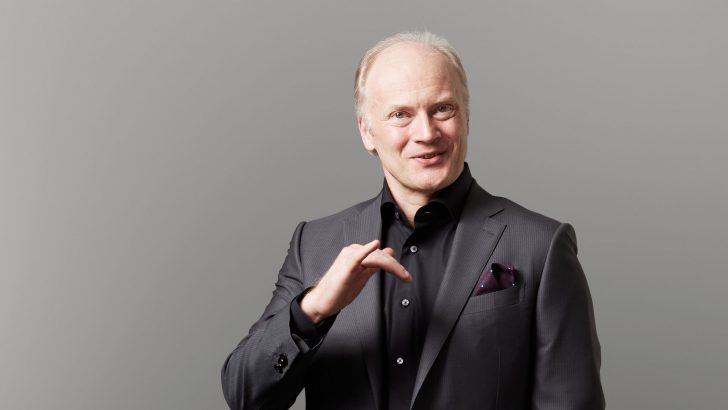Pat O’Kelly
The last programme in the National Concert Hall’s 2018/19 International Series brought a welcome return to Earlsfort Terrace of the London Symphony Orchestra.
Under the direction of its Milan-born principal guest conductor Gianandrea Noseda, the concert was almost extravagant in its soloists – French violist Antoine Tamestit, Russian pianist Daniil Trifonov and the LSO’s principal trumpet Philip Cobb.
He joined Trifonov – at 28 one of the world’s leading pianists of the younger generation – in Shostakovich’s 1st Piano Concerto while Tamestit was the soloist in that strange Byron-inspired Berlioz masterpiece Harold in Italy. Neither concerto nor symphony, Berlioz described the piece as “a series of orchestral scenes in which the viola would be involved, to a greater or lesser extent, like an actual person, retaining the same character throughout”.
The idea of writing the piece actually came through Paganini who had been fascinated by Berlioz’ Fantastic Symphony. According to Berlioz, meeting the Italian violin virtuoso after the Symphony’s première in 1830, Paganini “uttered glowing eulogies that thrilled and moved me to the depths”.
Dismissive
Receiving a Stradivarius viola, Paganini was keen to show it off in public. He called on Berlioz and asked for something special to fill the bill. While apprehensive, the French composer accepted the challenge. However, when he showed his first thoughts to Paganini the latter was dismissive telling Berlioz: “That’s no good. There’s not enough for me to do. I should be playing all the time.”
He went away disgruntled. Berlioz was also upset but decided to continue on his chosen path.
Harold in Italy had its first performance in Paris in November 1834. Paganini didn’t hear it until 1838 when, unable to speak due to a problem with his larynx that would kill him two years later, he sent his young son to Berlioz with congratulations. The lad told Berlioz, “my father bids me to tell you that your music has overwhelmed him”.
There was a theatrical slant to the LSO’s performance at the NCH. When the piece started, the soloist was nowhere to be seen. In time, a gaunt and somewhat unhinged looking Tamestit, with viola held aloft, made his way through the orchestra to the front.
Intoning his principal theme on cue, he then moved through the ranks to continue his soloist’s role.
It was all quite spellbinding with Tamestit’s dark instrumental hues etched with expressive beauty. Noseda drew an exceptional panoply of colour from his intense ensemble. Tamestit’s hasty retreat in the finale was no less dramatic than his initial appearance.
Earlier, the Shostakovich Concerto of 1933 had been equally captivating. Trifonov caught the music’s wicked sense of humour, which is peppered with parody, superbly. Philip Cobb’s contribution was no less pointedly vivid. The concert had opened with a suitably heroic account of Beethoven’s marvellous Egmont Overture.
Skimming through the list of players in the programme book I noticed one Patricia Moynihan serving as both flute and piccolo. And yes, indeed, she is a member of that extraordinarily gifted musical family from Cork. Lovely to find her flying the flag in such illustrious company.


 Gianandrea Noseda
(credit: Igor Emmerich)
Gianandrea Noseda
(credit: Igor Emmerich) 